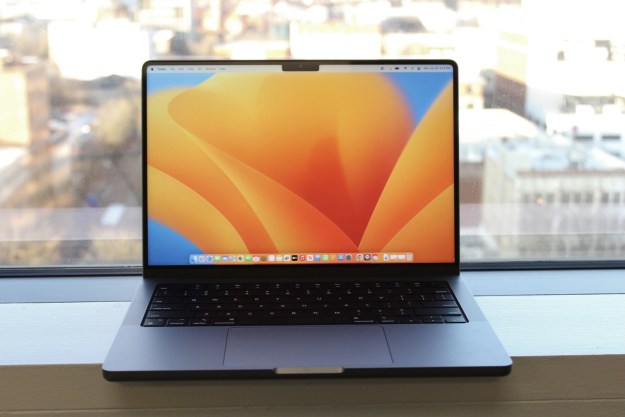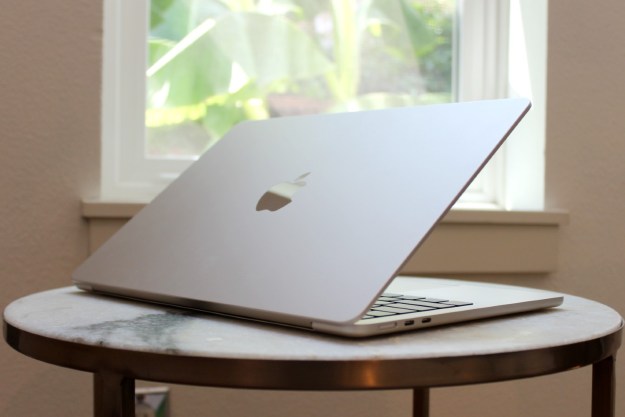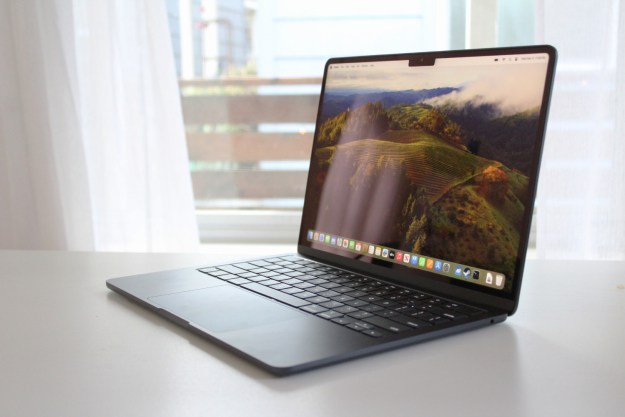We’re living in a golden age for MacBooks.
The MacBook Airs are faster, thinner, and more accessible laptops than ever, while the Pro models have the best display, speakers, keyboard, trackpad, and battery life of any competitive laptop. They’re on their A game.
For years, there was really only one ugly duckling in the lineup — a constant reminder of a bygone era in MacBook design philosophy. With the 13-inch MacBook Pro now dead and gone, we can finally move on and be thankful we’ve fully entered a new era.
Jony Ive’s influence

Let me take you back to 2015. During this period of Apple history, a certain Jony Ive was elevated to playing a very important role — and his design mentality was felt through nearly every line of devices. Apple products under his influence were increasingly thin and sleek, pushing the boundaries of minimalist design and what was possible technically. Before 2015, MacBooks were already known for being thin, but there was clearly a new mandate heading into the back half of the decade.
At a March 2015 press event, Apple unveiled this new design philosophy with the 12-inch MacBook, a laptop that would define the next five years in MacBook design. It was the most compact MacBook that Apple had ever made, weighing just 2 pounds and measuring between 0.14 inches and 0.52 inches because of its tapered design. It was a stunning look, for sure. This underpowered, fanless laptop made for an impressive press conference, but the dual-core processor wasn’t received quite so fondly by reviewers and early buyers.
Then there was the keyboard. Oh, boy. The butterfly mechanism keyboard would turn into one of the worst design decisions Apple would ever make, as these keyboards turned out to be difficult and costly to fix.
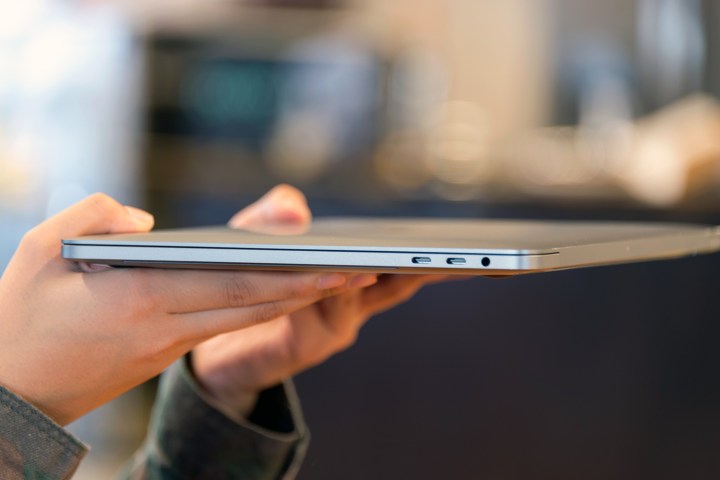
As we’d see in 2016, Apple then proceeded to redesign its entire MacBook Air and MacBook Pro lineup with many of these same ideas in mind. The keyboards were faulty, the ports were extremely limited (to only USB-C), and the Touch Bar never lived up to the hype. Meanwhile, in terms of performance, all these MacBooks tended to be too thin for their own good. That was especially problematic in the higher-end devices, such as the 15-inch MacBook Pro. That one suffered from severe thermal throttling and loud fan noise, especially with a Intel Core i9 chip inside.
But then, things changed rather drastically. Ive announced he’d be leaving the company in 2019, and a year later, Apple would begin its two-year transition to using its own silicon and undoing many of the mistakes made under Ive’s management.
In particular, it was in 2021 that it became clear how seriously Apple was taking this. The MacBook Pro 14-inch and 16-inch launched and addressed nearly every concern from this era, undoing each and every decision in a surprisingly decisive way — even to the point of making devices thicker and heavier. Apple Silicon, of course, was at the heart of what made this reversal possible, but Apple clearly had a new set of design initiatives too.
One by one, each and every product was revamped and reimagined. That is, except one. The 13-inch MacBook Pro.
A MacBook Pro that wouldn’t die
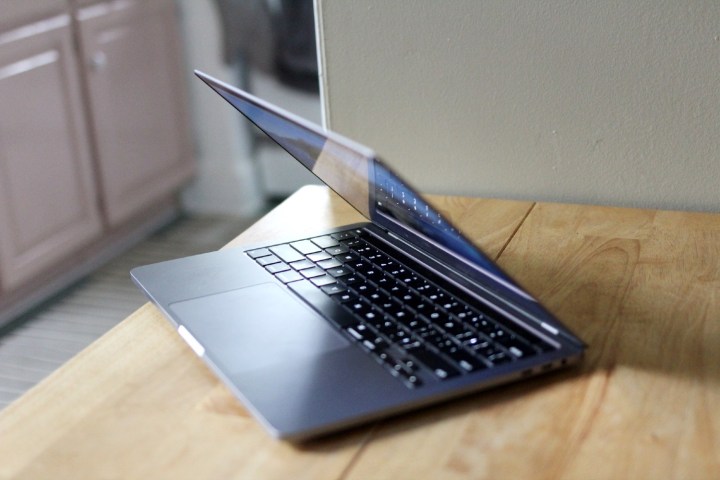
I’ve written at length about why the 13-inch MacBook Pro was such a sore thumb in the lineup, so I won’t belabor the point too much. But it retains several primary leftover design features of the previous generation of MacBooks — thick bezels, limited ports, misleading performance, and the Touch Bar. It was a 2016 laptop with a 2023 chip inside. But Apple kept selling it because it continued to be a bestselling product. So, for the M1 and M2, Apple kept refreshing this laptop instead of just killing it.
This has always made it very misleading for potential buyers. It was the cheapest “MacBook Pro” you could buy, despite the fact that it was not a “Pro” laptop in any meaningful way. Performance was nearly equivalent to the MacBook Air,and even aside from the outdated design. it also didn’t have the premium features of the 14-inch and 16-inch MacBook Pros. In other words, it was a MacBook “Pro” in name alone.
But this all changed at the “Scary Fast” October event. Apple dropped the 13-inch MacBook Pro and instead began selling an M3 14-inch MacBook Pro, which was a direct replacement for it. While the M3 doesn’t offer a huge performance bump over other M3 MacBooks (when they eventually launch in 2024), the 14-inch MacBook Pro at least gets the premium XDR display, speakers, and extra ports. Finally, an entry-level MacBook Pro that felt like a proper Pro device.
It’s not a perfect solution, mind you. There are still some problems with the M3 MacBook Pro, whether it’s the 8GB memory or the limitation to a single external monitor.
But now that we’ve said goodbye to the 13-inch MacBook Pro, we’re able to bid farewell to that entire era in MacBook history. And good riddance — because the one we’re living in is better in almost every conceivable way.
Editors' Recommendations
- These 6 tweaks take MacBooks from great to nearly perfect
- 5 laptops you should buy instead of the M2 MacBook Air
- If you buy one MacBook Air alternative, make it this one
- I’m worried about the MacBook’s next big rival
- The case for buying the M2 MacBook Air over the M3 model
